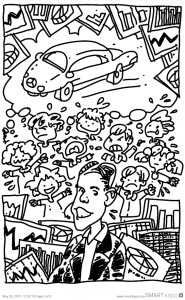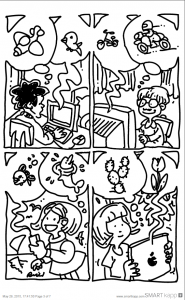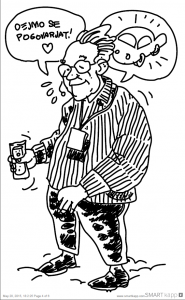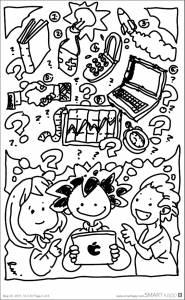Gregor Skumavc, OŠ Poldeta Stražišarja Jesenice
We are witnessing a steady increase of pupils with reading and writing difficulties in the past years. Dyslexia is one of most commonly referred problems regarding reading and writing in the primary school as well as adult population. Taking notes and learning by reading are still main processes in education, although there are many options one can obtain information (e-books, multi-media etc.). Using a computer is normal in school nowadays and pupils with reading problems are able to use a simple tool to simplify their reading from the computer screen. We will introduce T-bar, a color “reading ruler” for the screen in the form of an application. It can be used to minimize the contrast between letters and the background and to simplify the visual tracking of letters and words. In the second part, we will introduce didactic opportunities for using the smartpen. It can be used to organize and digitize notes, to produce pencasts, a form of document through which teachers can effectively prepare and deliver complex explanations of various topics. With prior agreement from their teachers, students can record sounds during lessons, leaving nothing behind. The recording can then be played back infinitely.










